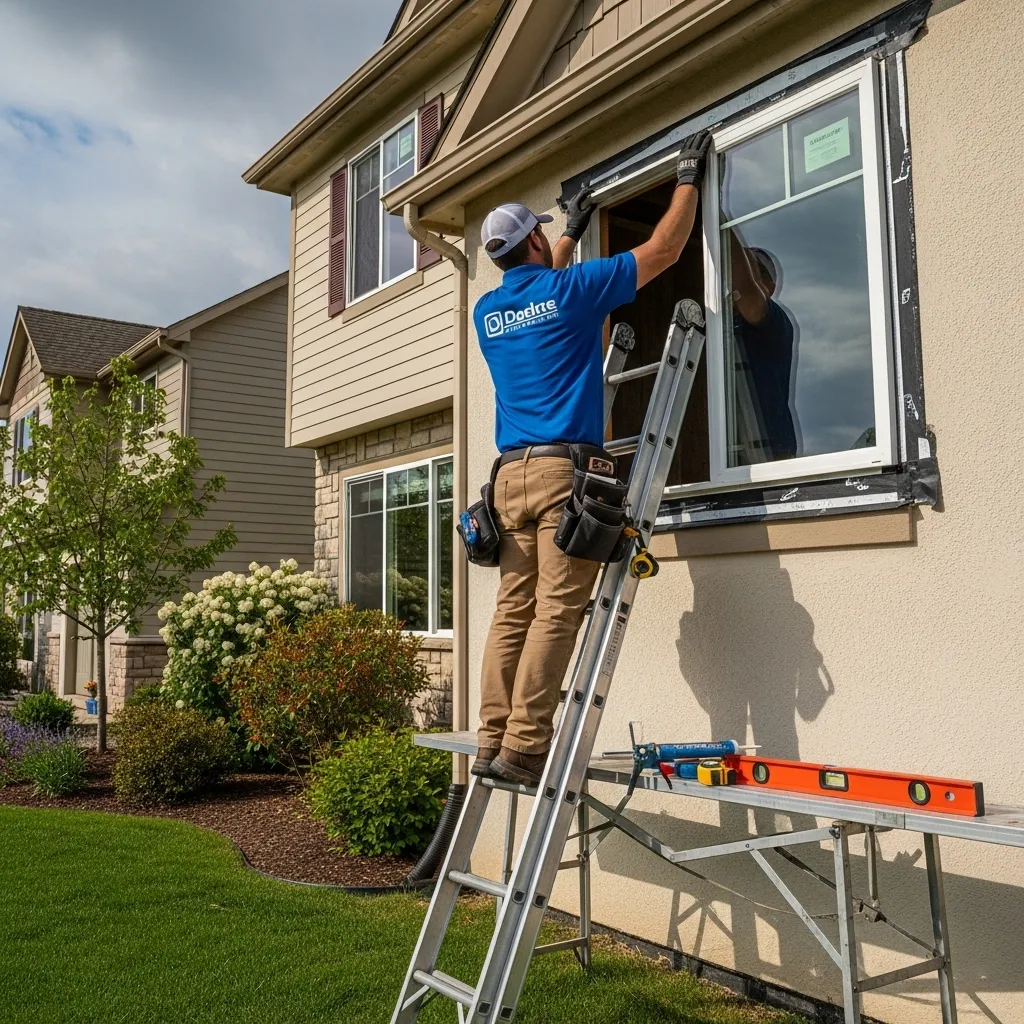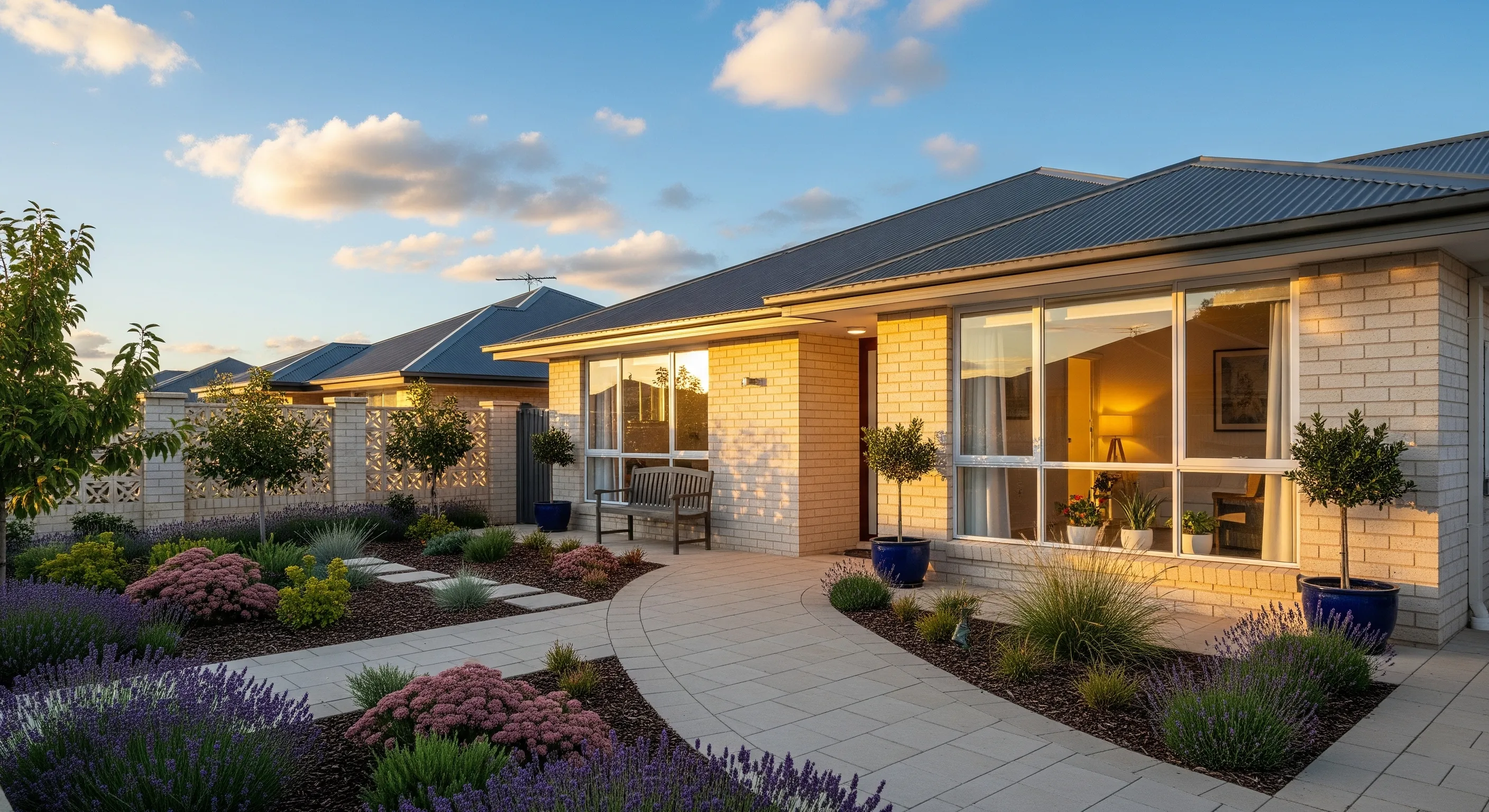How to Buy Your First Home: A Complete Step-by-Step Guide
Buying a home is one of the biggest milestones in life, especially if it’s your very first property. While exciting, the process can also feel overwhelming with so many steps, requirements, and financial commitments involved. If you’re wondering how to buy your first home, this guide will walk you through every stage - from preparing your finances to closing the deal - so you can make confident, informed decisions. Whether you’re a young professional, a couple looking to settle down, or simply ready to stop renting, this article provides the ultimate roadmap for your homeownership journey.

Understanding Why Buying Your First Home Is a Big Deal
Before diving into the process, it’s important to acknowledge why purchasing a house is such a major step. Unlike renting, owning a home is a long-term commitment that requires careful planning and foresight.
For many people, their first home is also their biggest investment. It not only provides a stable place to live but also builds equity over time. However, buying without preparation can lead to financial stress, debt, or even foreclosure. That’s why understanding the responsibility and benefits of homeownership is the first step in this journey.
Key Benefits of Owning a Home
- Building equity and long-term wealth
- Stability and control over your living space
- Potential tax benefits
- Freedom to customize and renovate
Step 1: Assess Your Financial Readiness
Before you start browsing houses or contacting real estate agents, you need to evaluate your financial situation. Buying a home is not just about affording a monthly mortgage; it also involves upfront costs, ongoing expenses, and long-term commitments.
Start by checking your credit score, since this will determine what type of mortgage you qualify for and at what interest rate. A higher score often leads to lower monthly payments and less money spent over time. Next, calculate your debt-to-income ratio (DTI). Lenders prefer a DTI under 36% to ensure you’re not overextended financially.
Checklist Before Moving Forward:
- Review your credit report for errors
- Pay down high-interest debts
- Save an emergency fund (at least 3-6 months of expenses)
Step 2: Saving for a Down Payment and Closing Costs
Once you’re financially stable, the next step is saving for a down payment. Traditionally, buyers put down 20% of the home’s price, but many lenders allow smaller percentages (as low as 3-5%) depending on the loan program. However, smaller down payments may mean higher monthly payments and private mortgage insurance (PMI).
Besides the down payment, don’t forget closing costs, which usually range from 2% to 5% of the home price. These cover appraisals, inspections, title insurance, and other fees. Many first-time buyers are surprised by these costs, so planning ahead is crucial.
Tips to Save Effectively:
- Set up a dedicated savings account
- Automate monthly contributions
- Cut back on non-essential spending
- Look into first-time homebuyer assistance programs
Step 3: Getting Pre-Approved for a Mortgage
A mortgage pre-approval is an essential step before house hunting. It shows sellers and agents that you’re a serious buyer and tells you exactly how much you can afford. The lender will review your income, debts, and credit history before issuing a pre-approval letter.
Remember, being pre-approved doesn’t mean you’re locked into that lender. It simply gives you a financial framework to work with as you begin searching for homes. You can still shop around for the best loan terms later.
Documents You’ll Need:
- Recent pay stubs and W-2s
- Bank statements
- Tax returns
- Proof of assets or savings
Step 4: Defining Your Home Needs and Wants
Once you know your budget, it’s time to decide what kind of home fits your lifestyle. This step helps you narrow down options and prevents you from wasting time on properties that don’t meet your needs.
Make a list of must-haves versus nice-to-haves. For example, you may require three bedrooms, but a backyard pool might be optional. Think about location, commute times, school districts, and neighborhood safety as well. Prioritizing these factors will guide your search and keep you focused.
Examples of Must-Haves:
- Number of bedrooms and bathrooms
- Proximity to work or public transportation
- Safe neighborhood
Step 5: Hiring the Right Real Estate Agent
Working with a knowledgeable real estate agent can save you time, stress, and money. Agents understand the market, negotiate deals, and handle paperwork, which is especially helpful for first-time buyers.
When choosing an agent, look for someone experienced in helping first-time buyers and familiar with your preferred neighborhoods. Ask for recommendations, read online reviews, and interview multiple agents before deciding.
Questions to Ask Your Agent:
- How many first-time buyers have you helped?
- What is your availability for showings?
- Can you explain the buying process step by step?
Step 6: House Hunting the Smart Way
This is the fun part - actually looking at homes for sale. But don’t let emotions take over. Stay within your budget and focus on your needs. Tour multiple properties, attend open houses, and compare prices in the area to ensure you’re making a sound investment.
Always keep in mind that no house will be perfect. It’s about finding a property that checks most of your boxes while staying financially comfortable.
Tips for Effective House Hunting:
- Take photos and notes at each showing
- Compare homes against your must-have list
- Be patient and avoid rushing into a decision
Step 7: Making an Offer and Negotiating
Once you’ve found the right property, the next step is making an offer. Your real estate agent will guide you through this, helping you determine a fair price based on comparable homes and market conditions.
Sellers may counter your offer, so be prepared to negotiate on price, closing dates, or other terms. Staying flexible can increase your chances of getting your offer accepted, especially in competitive markets.
Things to Consider in Your Offer:
- Offer price compared to market value
- Contingencies (inspection, financing, appraisal)
- Closing timeline
Step 8: Home Inspections and Appraisals
After your offer is accepted, schedule a home inspection to uncover any hidden issues with the property. Inspections can reveal problems like plumbing leaks, roof damage, or electrical hazards. If major issues arise, you can renegotiate or even back out of the deal.
Next, your lender will require a home appraisal to confirm that the property’s value matches the purchase price. If the appraisal comes in lower than expected, you may need to renegotiate or adjust your financing.
Common Issues Found During Inspections:
- Roof damage
- Foundation cracks
- Outdated electrical systems
- Water damage or mold
Step 9: Finalizing Your Mortgage and Closing the Deal
With the inspection and appraisal complete, you can move forward with your mortgage approval. This involves locking in your interest rate, reviewing the loan terms, and preparing for closing day. You’ll also receive a Closing Disclosure outlining all costs involved.
On closing day, you’ll sign a stack of legal documents, pay your down payment and closing costs, and finally receive the keys to your first home. It’s the moment you officially become a homeowner.
What to Bring to Closing:
- Photo identification
- Certified or cashier’s check
- Proof of insurance
- Any additional documents required by your lender
Step 10: Settling Into Your New Home
Congratulations! You’ve successfully learned how to buy your first home and made it through the process. But your journey doesn’t end at closing - now it’s time to settle in and manage your investment wisely.
Create a maintenance schedule to keep your property in top shape, from servicing HVAC systems to cleaning gutters. Consider setting aside a monthly budget for unexpected repairs. Finally, take time to enjoy your new space and turn it into a place that truly feels like home.
Conclusion
Buying your first home is a major achievement, but it requires preparation, patience, and smart decision-making. From understanding your finances to signing the final paperwork, each step builds toward the moment you get your keys. By following this guide on how to buy your first home, you’ll be equipped to navigate the process with confidence, avoid common mistakes, and make the best investment for your future. Remember: homeownership isn’t just about property - it’s about creating stability, security, and a foundation for the life you want to build.











